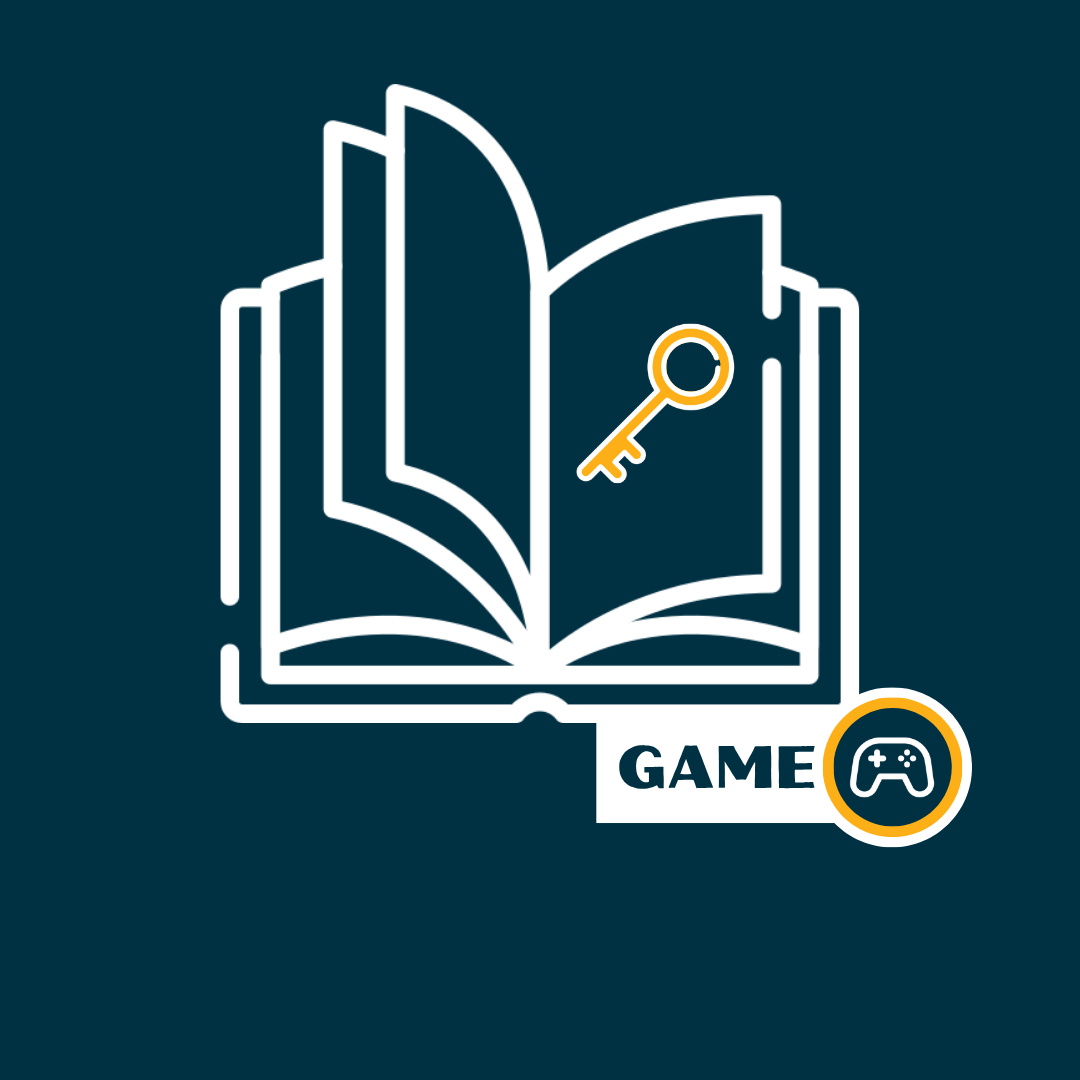To Your Art's Content
Recovering 'art' from 'The Algorithm'.

J.R.R. Tolkein was not just a writer of epic fiction, but a theorist of the genre. In his lecture, 'Fairy Stories', Tolkien breaks down what makes good creative fiction work...and how it can be used to uplift or manipulate. Michael Oberschewen draws from this lecture to explore how we can improve our relationship with social media. In a world where 'The Algorithm' controls the flow of media, can Tolkien's ideas help us unearth rejuvenating 'art' amidst the noisy 'content'?
***
Content Consumption
One look at the ‘Screen Time’ notification calls your whole life into question – six hours a day? How did I get anything done last week? Like it or not, this uptick in content consumption has altered how we experience the world around us.
The average young American today interacts far more often with a digital content creator than a ‘traditional‘ artist. Thanks to social media, the role of a content creator or influencer has become vital to the global cultural landscape.
Personalized algorithms let engagement metrics guide their judgement. A more democratized content rating system bridges the gap between creator and consumer, putting more creative and economic control in artists’ hands.
The downside? Without human gatekeepers acting as tastemakers, we defer instead to the all-knowing ‘Algorithm’. We need individualized frameworks to maintain a healthy relationship with content and create more opportunity for art in the digital world.
The onus now falls on us to distinguish the good from the bad (or neutral), the uplifting from the consumptive, the art from mere content.
But how do we determine the qualities of ‘art’, of good creative work?
The Art of Sub-Creation
For Ralph Waldo Emerson, art magnifies beauty through isolation. Placing a reverent emphasis on one beautiful thing invokes a universal ecstasy:
“We are immersed in beauty, but our eyes have no clear vision. It needs, by the exhibition of single traits, to assist and lead the dormant taste.… The power to detach, and to magnify by detaching, is the essence of rhetoric in the hands of the orator and the poet.” (Emerson, “Art”).
The artist’s technique intends to stir a particular emotion or sensation within the viewer; the essential quality of art is not the form itself, but rather how it inspires you.
J.R.R. Tolkien ruminated often on his worldbuilding while constructing the myth of Middle-Earth. Storytelling, for him, became a spiritual endeavor more than anything else. He called this process sub-creation.
Storytellers – or sub-creators – made their art as a derivative of Creation (hence the sub-). He writes:
“For creative Fantasy is founded upon the hard recognition that things are so in the world as it appears under the sun; on a recognition of fact, but not a slavery to it.” (emphasis added) (26)
A storyteller, just as any artist, limits themself - and the world they envision - to their perspective. This serves as the underlying reality of the work, seeping consciously or unconsciously into the technique and bringing about its moral.
This technique depends on what Tolkien dubs secondary belief, a quality of total literary immersion:
“Inside it, what he [the author] relates is “true”: it accords with the laws of that world. You therefore believe it, while you are, as it were, inside.” (18).
Enchantment is the result of this perfect harmony, an ideal expression of the sub-creative art. The enchanted reader experiences the secondary world as they would this one, accepting the author’s reality as their own.
Tolkien also names ‘fairy-story’, or fantasy novels, as the ultimate medium for sub-creation; the nature of fantasy depends on its ‘arresting strangeness’. Neither lyrical nor visual media allow consumers the same imaginative space.
But we can nonetheless be inspired by a beautiful painting, lifted and lulled by a soulful melody, or moved to tears in the theater. It is clear art does not lose total evocative power when it stops using fantasy. Enchantment may not be achieved, but there is a degree of sub-creative immersion present in every artistic work.
“Art” Tolkien writes, “is the human process that produces by the way… Secondary Belief.”(25) Simply put, art is the natural human attempt at enchantment. Yet like any pursuit, it is not immune to corruption.
Magic is the malformation of Tolkien’s sub-creative ideal; it seeks impression upon this world instead of expression through the secondary. When the artist claims their work as truth instead of a piece of the whole, they fail to enchant - the belief is broken.
The dichotomy runs deeply through Middle-Earth, taking shape in the constant clashing of Elves & Orcs. He says of Elves:
“[T]heir object is Art not Power, sub-creation not domination and tyrannous reforming of Creation.” (Letter 131)
Such ‘magic’ was instead left to the race of Orcs, comprising fallen Elves deformed over generations by torture and corruptive desire.
Yet, even in its ideal, enchantment is an instrument only. Once the reader is fully immersed, their taste must then be 'led' or 'assisted' by the art. Tolkien viewed his own creative work as an intermediary, guiding readers to a state of recovery:
“Recovery (which includes return and renewal of health) is a re-gaining—regaining of a clear view. We need, in any case, to clean our windows; so that the things seen clearly may be freed from the drab blur of triteness or familiarity—from possessiveness.”(28).
After invoking the ecstasy that Emerson describes, art establishes a path back to reality and leaves your sense of humanity recovered in the process. Instead of sapping your attention as certain content would, it actively invites you to turn back to your life renewed.
Reaching Recovery
In an age of social media, ‘The Algorithm’ has become the bona fide artistic gatekeeper of the Digital Age. But what does that mean for the world of content?
Prioritizing digital engagement metrics gives creators new paths to earn a living. Yet the need for engagement grows in the ever-saturated world of social media - especially as audience attention-spans continually skew shorter.
The ability to capture & keep your attention - in Tolkien’s words, to 'arrest' you - marks good content by commercial standards. A brand that can keep your attention for a few minutes typically has a higher rate of return on marketing, and the platform that can hold your attention for a few hours cashes in on increased ad revenue.
This method unquestionably discourages enchantment and dilutes art in Tolkien or Emerson’s view. In an attention-based economy that measures success by how many people have viewed it and for how long, the creator is disincentivized from inspiring recovery.
Content creation - particularly since the development of generative AI - has also rapidly skewed toward quantity over quality. Behaviors such as clickbaiting or fake engagement have become common examples of creators falling prey to this engagement-based rewards system.
Meanwhile, consumers find themselves stuck doomscrolling, ensnared by an endless stream of content tailored to their every interest. As society grows more and more digitally blended, establishing ground rules for social platforms and moderating the content – or art – we see becomes imperative.
Breaking the yoke of digital dependence requires a conscious effort. As you scroll, you can ask yourself some questions to audit your feed:
Am I being expressed to or impressed upon?
Just like in fairy tales, magic words can be used for good & mischief. Does the content on your feed try to impress a certain worldview upon its viewers? Are you allowed space to form your own conclusions about the subject matter?
Do I feel grounded in my community?
The ideal purpose of art and social media is to empower human connection on every scale. Do you feel more related to your community as a result of consuming the content?
How does this assist recovery?
Look for something of intangible value in the content you engage with & re-enter the world with renewed perspective. Are you inspired by the content you interact with? How does the message of the work present itself?
Social media bestowed a cultural revolution upon us farther-reaching than the printing press, but the price of progress remains heavy. Longstanding industry barriers are broken, and a new, attention-based economy of art is here.
The floodgates are open and an influx of content charges forth, engineered to arrest your focus. While it is easier to simply defer decisions to ‘The Algorithm’, working with your algorithm can make it a vehicle for recovery - so you can rest a bit easier when you get that Sunday text from Screen Time.
Michael Oberschewen holds a bachelor's degree in marketing and the humanities from Villanova. He is currently a participant in the Tusk & Quill Rotational Program.
All opinions expressed here are solely of the author and do not reflect the views of the author’s employer.

 0
0
Featured Content
Stay up-to-date with our latest articles











